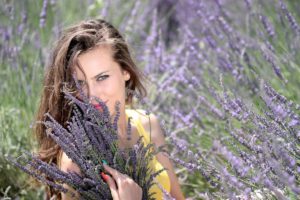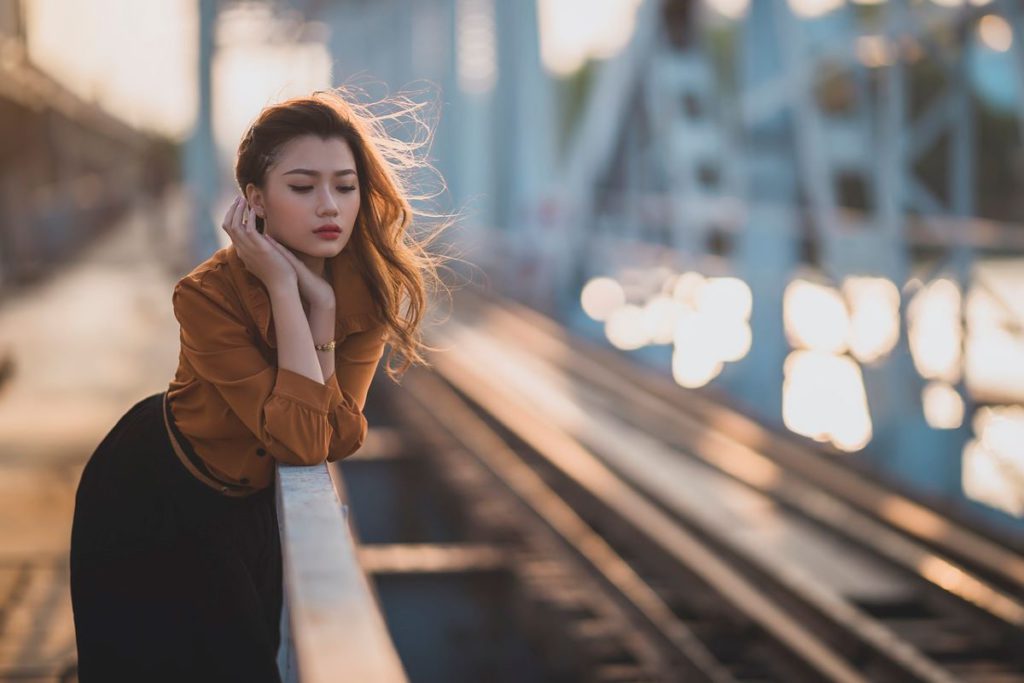Beauty standards have been a significant part of human culture for centuries, constantly evolving and reflecting the values, beliefs, and societal norms of different eras. From ancient civilisations to modern times, the concept of beauty and the ideal physical appearance has undergone numerous transformations, influenced by various factors such as culture, media, and social movements. Here, we will explore the evolution of beauty standards throughout history, shedding light on the changing perceptions of beauty and the impact it has on individuals and society as a whole.
Ancient Beauty Ideals: Symbolism and Symmetry

In ancient civilisations, beauty was often associated with symbolism and cultural values. In ancient Egypt, for example, beauty standards emphasised symmetry and harmony. The ideal Egyptian woman was depicted with a slender figure, a small waist, and a high, elongated forehead. These physical attributes were seen as representations of fertility, health, and royalty.
Similarly, ancient Greek beauty ideals focused on symmetry and proportion. The concept of the “Golden Ratio” was prominent, where a harmonious balance between facial features and body proportions was considered the epitome of beauty. The statues of ancient Greece embodied these ideals of perfect symmetry and idealised physical forms.
The Renaissance: Curves and Voluptuousness
The Renaissance period brought a shift in beauty standards, particularly in Europe. During this era, the ideal of beauty was associated with plumpness and voluptuousness. Women with fuller figures, rounded stomachs, and ample bosoms were celebrated as symbols of wealth, fertility, and good health.
Victorian Era: Delicacy and Restriction
The Victorian era marked a significant departure from the voluptuousness of the Renaissance. Beauty standards during this time favoured a delicate and fragile appearance, emphasising pale skin, narrow waists, and a demure demeanour. Women aimed to achieve a “corseted” figure, using restrictive undergarments to create an exaggerated hourglass shape. The ideal Victorian woman was expected to embody notions of modesty, purity, and domesticity.
20th Century: Flappers, Icons, and Diversity
The 20th century witnessed a series of revolutions in beauty standards, influenced by social changes and the emergence of mass media. In the 1920s, the flapper culture challenged traditional notions of femininity. Flappers rejected the restrictive clothing and corsets of the past, embracing a more liberated and boyish aesthetic. Short haircuts, minimal makeup, and a slender, straight figure became the new ideal.
As the century progressed, beauty icons emerged, shaping the beauty standards for their respective eras.
The latter half of the 20th century also saw an increasing recognition of diverse beauty standards. The Civil Rights Movement and the feminist movement challenged the Eurocentric ideals that had dominated mainstream media. Models and actresses of various ethnicities, body types, and skin tones began to gain prominence, broadening the definition of beauty and inspiring a more inclusive representation in the media.
Modern Times: Embracing Individuality
In recent years, beauty standards have evolved further, with an emphasis on embracing individuality and breaking traditional norms. The rise of social media platforms has played a significant role in this shift. Influencers and celebrities with unique features, unconventional styles, and body positivity movements have gained substantial followings, challenging the narrow definition of beauty that prevailed in the past.
Body positivity movements advocate for self-acceptance and celebrate diverse body shapes, sizes, and appearances. The focus has shifted towards promoting self-love, confidence, and embracing one’s unique qualities rather than conforming to a specific ideal.
The beauty industry has also recognised the importance of inclusivity and representation, extending beyond skin tones and body types. Brands like MesmerEyez have taken a step further by expanding their product ranges to include diverse options, such as MesmerEyez coloured contact lenses. These lenses cater to individuals who want to enhance their natural eye colour or experiment with different shades, offering a wide selection of options, including mesmerising blue contact lenses in Australia.
By featuring models and ambassadors from diverse backgrounds wearing these lenses in their advertisements and campaigns, they are challenging the long-standing notion that beauty is limited to a narrow set of standards. This inclusive approach not only allows individuals to express their unique style and personality but also empowers them to embrace their individuality while feeling confident and beautiful.
While these positive changes are taking place, it is important to acknowledge that beauty standards still exist and continue to exert influence. The media, despite progress, can still perpetuate unrealistic beauty ideals through airbrushing, photo editing, and the promotion of certain body types. Social media platforms, while offering a space for diverse representation, can also contribute to feelings of inadequacy and comparison as individuals strive to meet the seemingly perfect images portrayed online.
It is crucial to foster a culture that embraces true diversity and promotes self-acceptance to counteract these negative impacts. Education and awareness play a vital role in challenging societal norms and beauty standards. By teaching individuals to value themselves beyond their physical appearance and appreciating the beauty in others’ differences, we can create a more inclusive and accepting society.
Additionally, media literacy is essential in empowering individuals to critically analyse and question the images and messages presented to them. By encouraging healthy scepticism and understanding that beauty ideals are often artificially constructed, individuals can develop a more realistic and positive perception of themselves.
It is also important for the fashion and beauty industries to continue embracing diversity and inclusivity. This means not only featuring models from diverse backgrounds but also ensuring that people of all shapes, sizes, and identities are included in the creative process, from designing and producing products to making decisions about marketing and advertising.
Ultimately, the evolution of beauty standards reflects the changing values and social progress of our society. While we have come a long way in challenging restrictive ideals and embracing diversity, there is still work to be done. By promoting inclusivity, self-acceptance, and media literacy, we can continue to reshape beauty standards and create a world where all individuals are celebrated for their unique qualities and contributions, regardless of their appearance.

